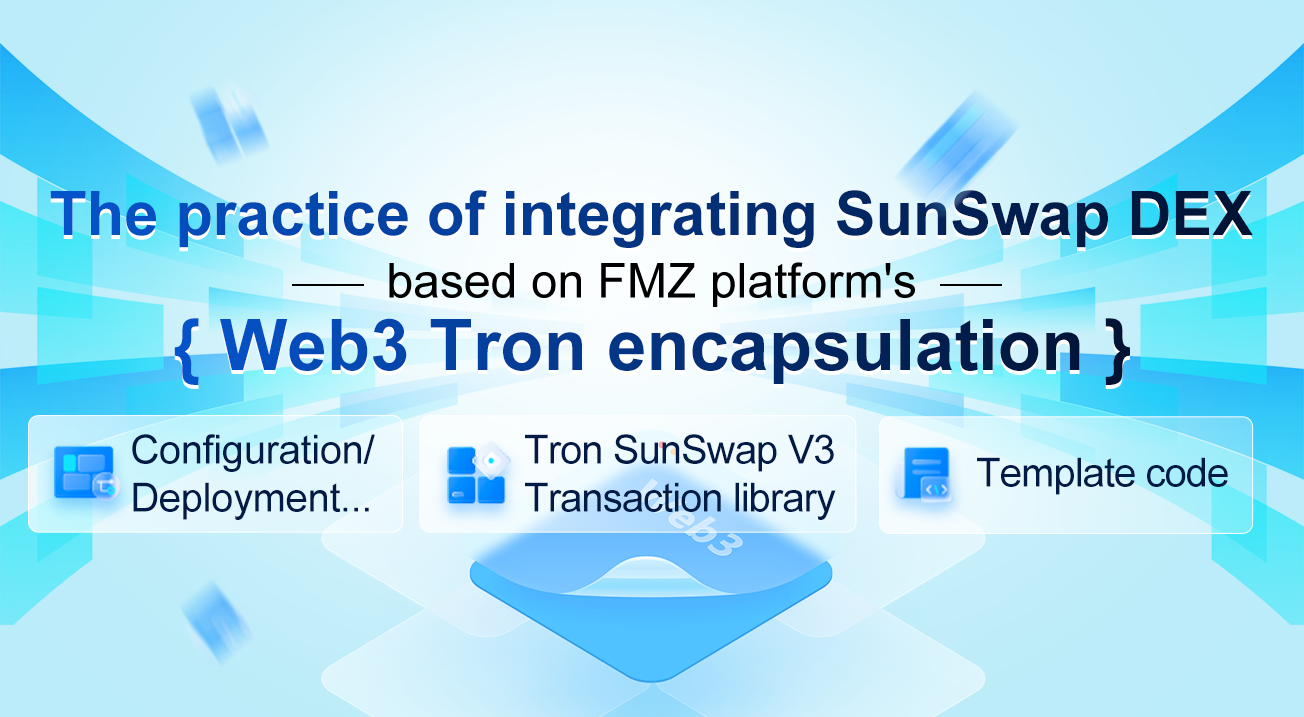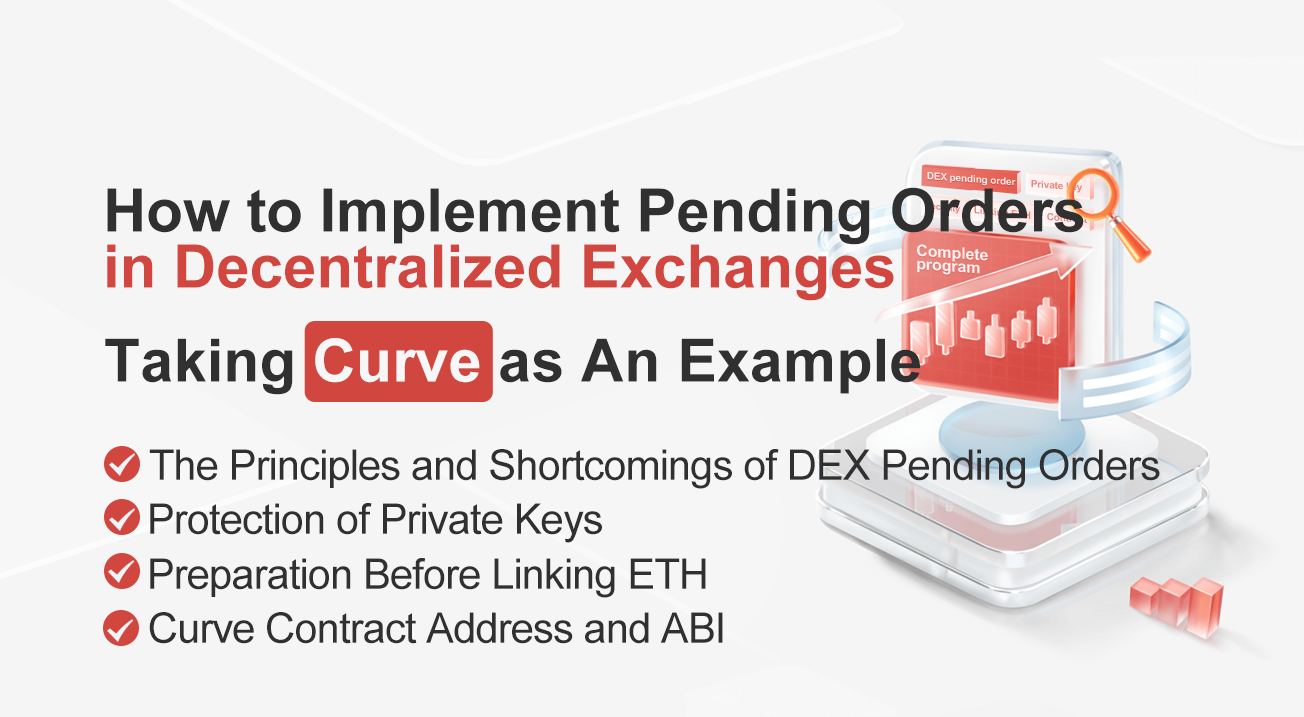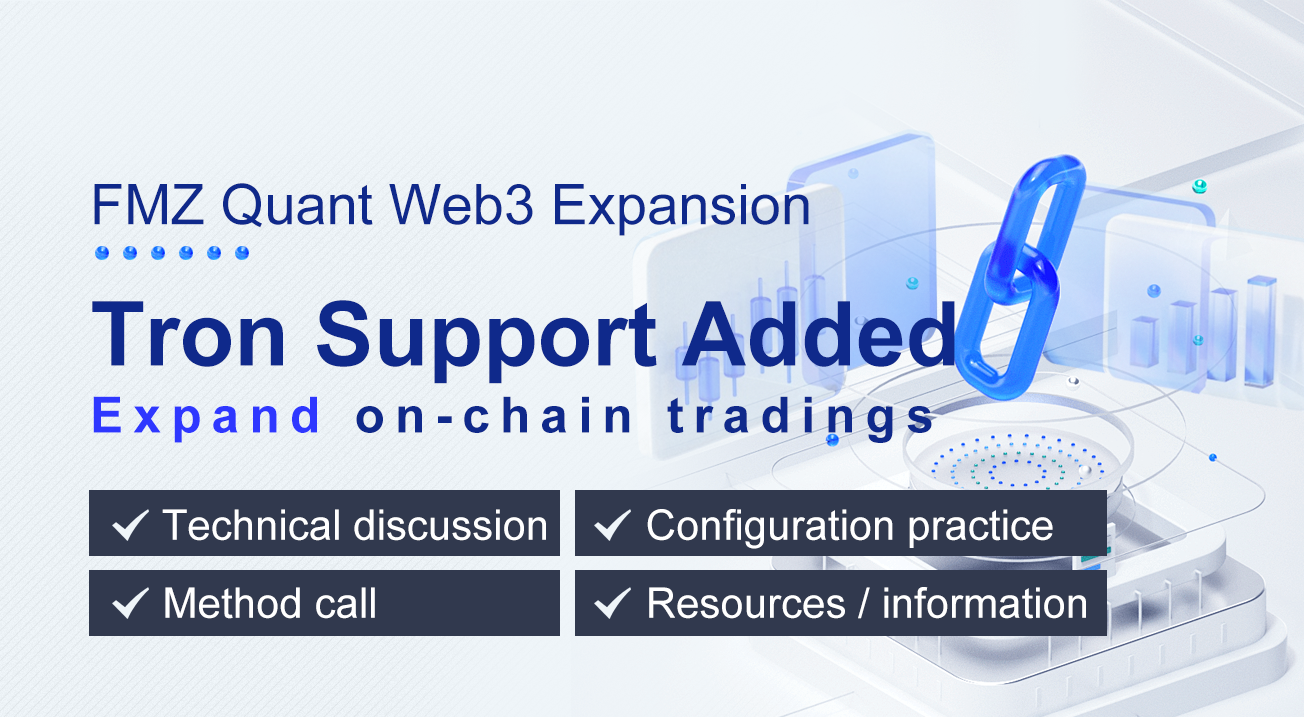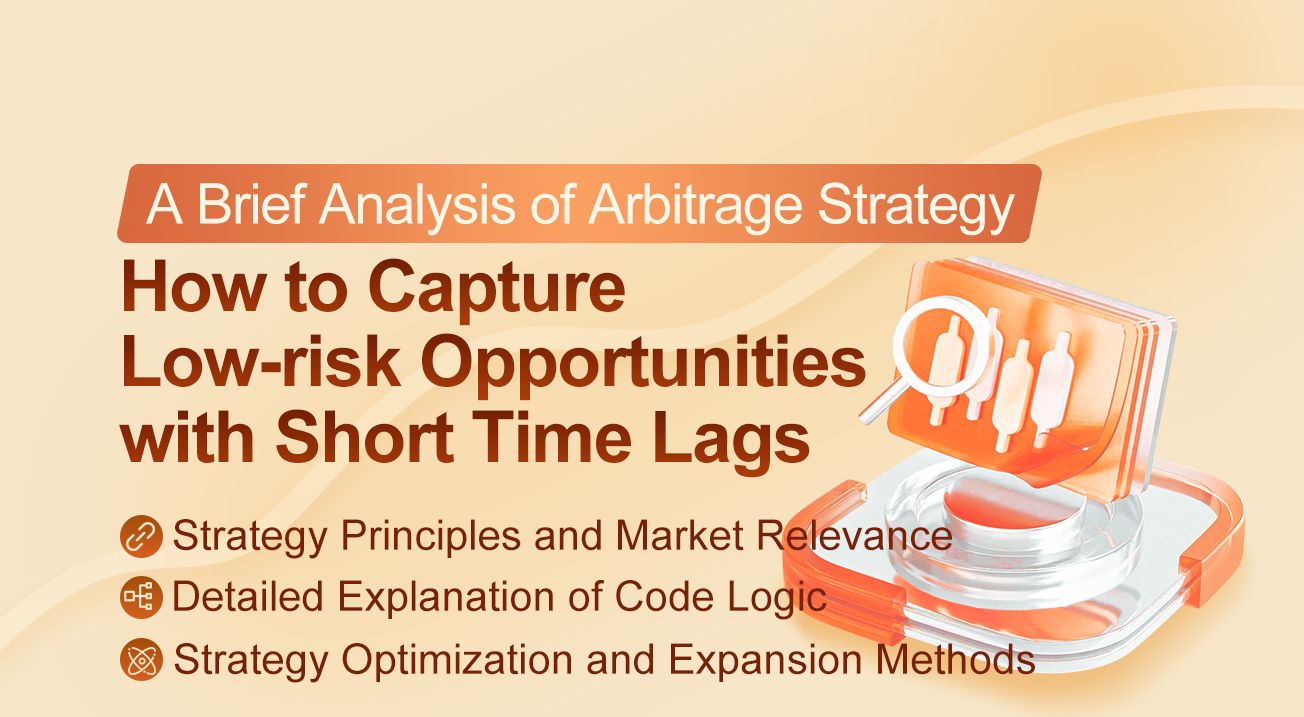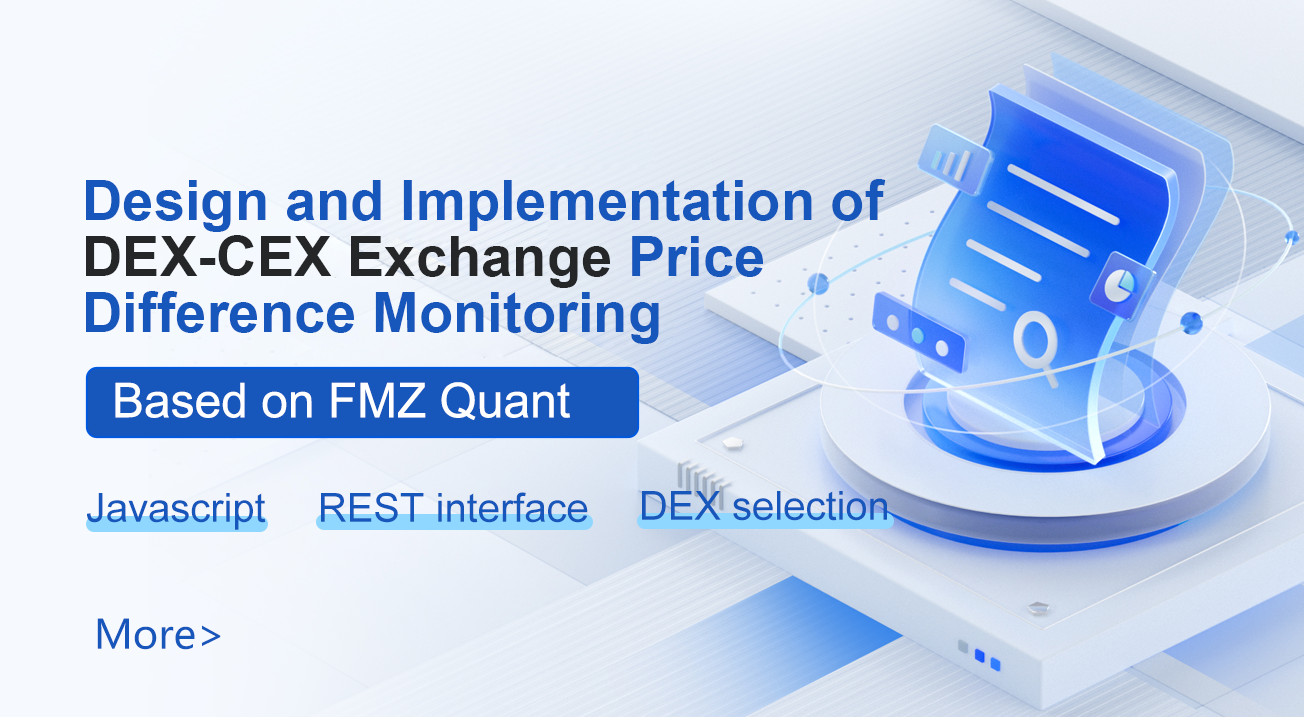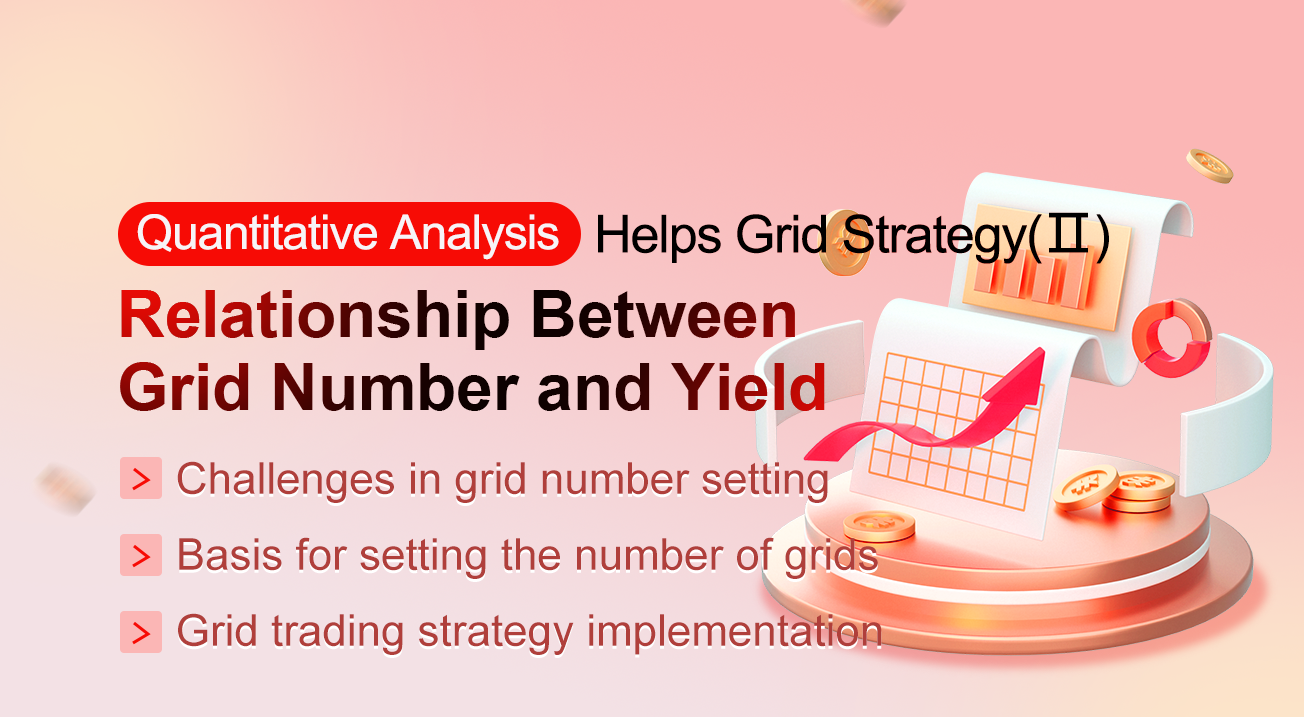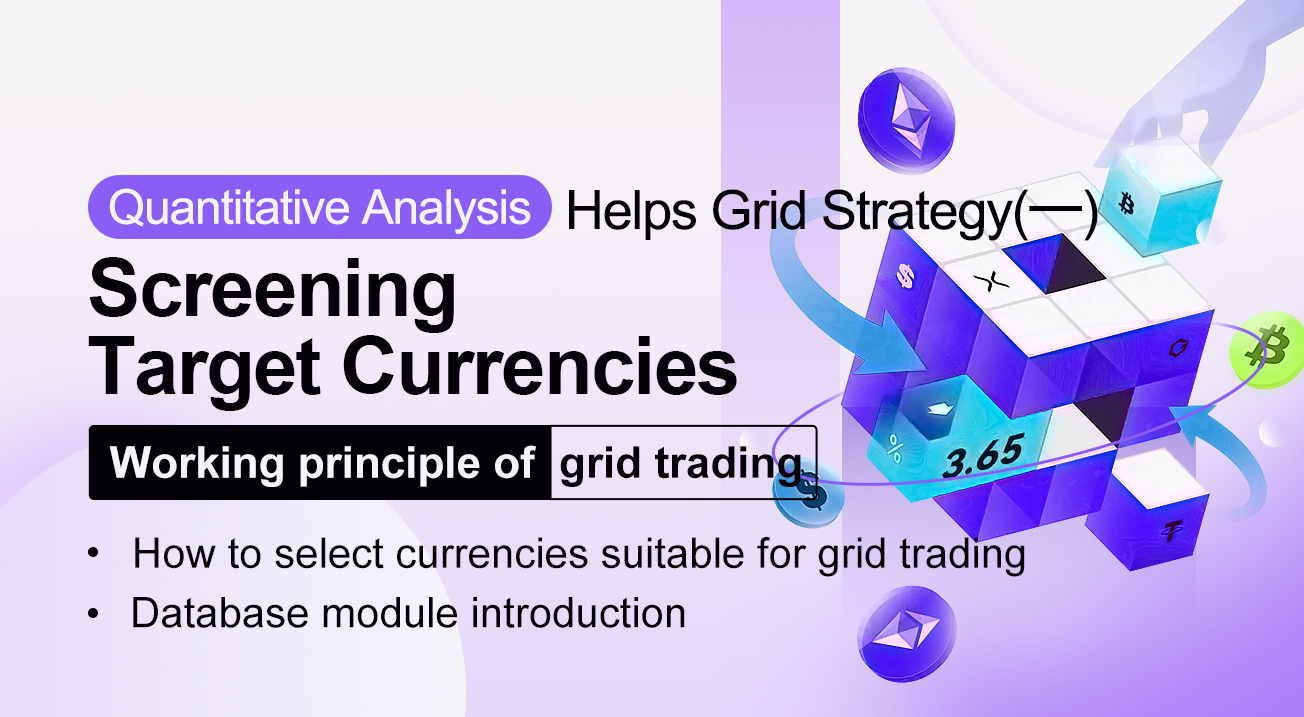Introduction Have you ever thought that quantitative trading can be learned easily and started immediately without writing code all night to build a framework, designing UI, and various design details...
In the past few articles, we have discussed the access to mainstream DEXs, and this article will focus on actual practice and conduct actual strategy deployment tests. The FMZ platform has recently ad...
Preface In the field of blockchain tradings, decentralized exchanges (DEX) provide a trustless way to exchange assets, and SunSwap, as a representative DEX in the Tron ecosystem, supports smart contra...
Preface In the cryptocurrency market, trading opportunities are fleeting, especially high-yield arbitrage windows, which often only last for a very short time. If you rely solely on manual trading, it...
Why Pending Orders? In the cryptocurrency market, trading opportunities are often fleeting, especially arbitrage opportunities, which may only last for a few minutes. If you rely on manual operations,...
Preface The development of blockchain technology is driving quantitative trading into the Web3 era. As a leading quantitative trading tool, FMZ Quant Trading Platform has long been exploring the Web3 ...
The inspiration for this strategy comes from the opportunity post by Zhihu author “Dream Dealer” – “TRUMP and MELANIA low-risk correlation arbitrage model”. This article ...
Several DEX exchanges, including dydx_v4, hyperliquid, vertex, and aevo, have been encapsulated and connected on FMZ platform. As the competition for price difference arbitrage in centralized exchange...
In the previous article, we used quantitative analysis methods to screen currencies by amplitude and fluctuation preliminarily. Next, we will explore a key factor in grid trading – the setting o...
Grid trading is an automated trading strategy that aims to make profits through market price fluctuations without relying on unilateral market trends. The core idea of this strategy is to set a seri...
